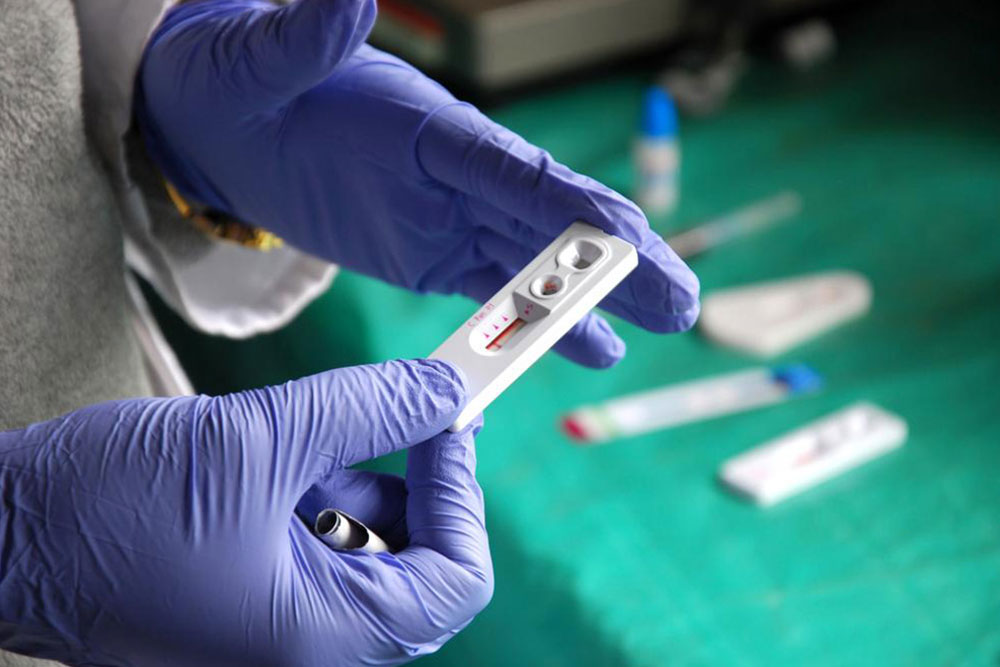In-Depth Overview of HIV Infection Progression and Management
This comprehensive article explores the progression of HIV infection across its three main stages, emphasizing the importance of early detection, treatment, and ongoing management strategies. It offers detailed insights into symptoms, diagnosis, and preventive measures, highlighting how timely intervention can drastically improve health outcomes and extend life expectancy for those living with HIV.

Understanding the Stages of HIV Infection and Effective Management Strategies
Human Immunodeficiency Virus (HIV) poses a significant health challenge worldwide due to its profound impact on the immune system. It specifically targets CD-4 T cells, which play a critical role in defending the body against infections. As HIV attacks and diminishes these immune cells, the body's ability to fight off other illnesses is severely compromised. If left untreated, HIV doesn’t just linger but can lead to severe conditions collectively known as AIDS, which drastically reduce life expectancy and quality of life. Awareness about the progression of HIV infection is crucial for early intervention, effective treatment, and for reducing transmission rates.
HIV infection progresses through three main stages, each characterized by distinct clinical features and immune system impacts. Understanding these stages allows for better management and highlights the importance of early detection and treatment.
Stage 1: Acute HIV Infection (Initial Stage)
The first stage of HIV infection occurs immediately after the virus enters the bloodstream. This phase, often called acute or primary HIV infection, is characterized by rapid viral replication and dissemination throughout the body. During this period, the virus predominantly targets and destroys CD-4 T lymphocytes, the key players in immune response. Although the viral load surges during this phase, many individuals are unaware of their infection because symptoms often resemble those of common illnesses.
Typical symptoms during this early stage can include high fever, severe headache, muscle aches, sore throat, rash, nausea, vomiting, diarrhea, and swollen lymph nodes. These symptoms usually appear within two to four weeks post-infection and can last for a few days to several weeks. Despite symptoms, many people do not seek testing, leading to undiagnosed infections that can unknowingly spread to others.
Stage 2: Chronic HIV Infection (Clinical Latency)
Following the initial phase, HIV enters a prolonged asymptomatic period known as the chronic or clinical latency stage. During this phase, the virus continues to replicate at low levels, gradually depleting the immune system. The individual may experience few or no symptoms and often feels healthy, which can result in delayed diagnosis and treatment.
Despite the absence of noticeable symptoms, HIV remains active within the body, silently attacking immune cells. Without antiretroviral therapy (ART), this stage can last several years—often averaging around eight to ten years—before the immune system weakens sufficiently to produce symptoms or complications. Regular testing is vital during this phase to monitor viral load and CD-4 counts, enabling timely intervention.
Stage 3: Progression to AIDS
The final and most severe stage of HIV infection is AIDS, which occurs when the immune system becomes critically impaired. A CD-4 cell count drops below 200 cells per cubic millimeter of blood—a key diagnostic marker for AIDS. At this advanced stage, individuals are highly vulnerable to opportunistic infections and cancers that a healthy immune system would typically control.
Symptoms associated with AIDS include persistent fatigue, unexplained weight loss, night sweats, recurrent fevers, chronic diarrhea, skin rashes, and neurological issues. Opportunistic infections such as pneumonia, tuberculosis, and certain cancers like Kaposi’s sarcoma are common at this stage. Without treatment, the average survival time after an AIDS diagnosis is roughly four years, but early initiation of antiretroviral therapy can significantly prolong life and improve quality of life.
Preventing progression from HIV to AIDS hinges upon early detection and consistent treatment adherence. Advances in ART have dramatically improved life expectancy and health outcomes for people living with HIV. Routine testing, education, and access to medical care are essential components of managing HIV and reducing its transmission across populations.
In summary, understanding the progression of HIV infection—from initial infection, through the asymptomatic phase, to AIDS—is vital for effective management. The journey of HIV is complex but manageable with proper medical intervention. Early testing, prompt diagnosis, and continuous treatment can control the virus, prevent complications, and help individuals lead long, healthy lives.





